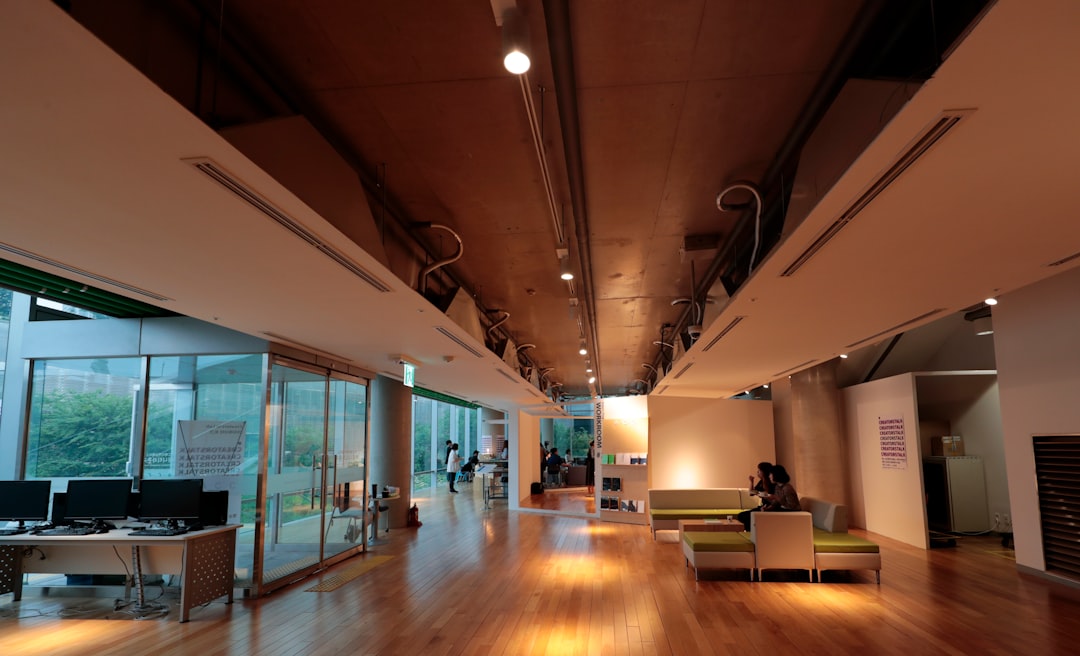What is it about?
Thermal comfort and micro-climates around buildings are important issues in urban planning that affect everyone's daily lives. During heat waves, the Mean Radiant Temperature has been found to be closely connected to the thermal comfort distribution at the micro-scale. In this study, we built a computerized model of idealized buildings, all with the same height, but with variable street widths and orientations. An established radiation model, Solar Long Wave Environmental Irradiance Geometry, was utilized to simulate spatial variations of Tmrt, and generate thermal comfort classifications based on the simulated statistical distributions.
Featured Image
Why is it important?
By quantifying the thermal comfort in a specific urban environment, our findings provide a process that enables architects and urban planners to accurately determine the impact of site-specific factors on the thermal comfort of their designs.
Perspectives
These practical extrapolations of our simulation results serve as another demonstration of both the value and limitations of our study. By extending the results to a broader scope and scrutinizing them in more detail, we can obtain more complete quantitative results as well as more well-suited recommendations for thermal comfort and sustainable design .
Professor Marc Aurel Schnabel
Xi'an Jiaotong Liverpool University
Read the Original
This page is a summary of: Thermal comfort levels classified by aspect ratio and orientation for three zones of a street in Rotterdam, Architectural Science Review, July 2014, Taylor & Francis,
DOI: 10.1080/00038628.2014.930016.
You can read the full text:
Resources
Contributors
The following have contributed to this page










